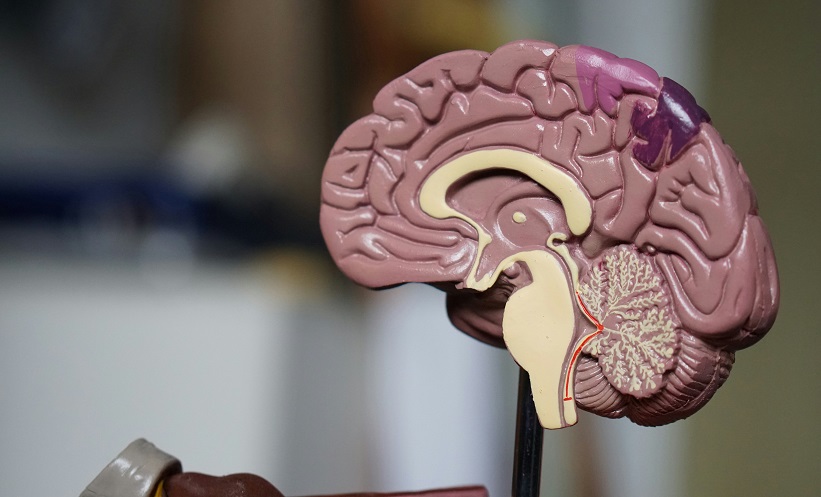ABSTRACT
Diabetic nephropathy represents the leading cause of end-stage renal disease and is the greatest cause of patient entry into the renal replacement therapy programme.1 Of the many structural and functional disturbances associated with the disease, tubulointerstitial fibrosis represents the key underlying pathology and occurs in response to a number of phenotypical and morphological changes, culminating in tubular injury.2 Treatment of fibrosis in nephropathy is an unmet clinical need, and identification of appropriate therapeutic targets is urgently required.
Connexins are involved in the formation of both hemichannels and gap junctions, and multiple secondary complications of diabetes are associated with alterations in the expression or function of these important transmembrane proteins.3 Previous work from our group suggested that glucose evoked changes in the beta 1 isoform of transforming growth factor (TGF) induced a loss of E-cadherin mediated cell adhesion in human proximal tubule epithelial cells.4 In the absence of cell–cell adhesion, uncoupled connexins or hemichannels predominate and gap-junctions fail to form. These channels allow cells to signal to each other via local paracrine release of ATP.5 Interestingly, elevated levels of nucleotides have recently been linked to both increased inflammation and fibrosis in multiple tissue types and various disease states.6
Immunohistochemistry of biopsy material isolated from patients with proven diabetic nephropathy confirmed increased expression levels of predominant tubular connexin isoforms: connexin-26 and connexin-43. These data are corroborated by immunoblot analysis of lysates isolated from human primary proximal tubule cells cultured in TGF-β1 (2–10 ng). Using whole-cell paired patch electrophysiology and ATP-biosensing, we observed a switch in gap junction mediated intercellular communication in favour of hemichannel mediated ATP release at both 48-hour (acute) and 7-day (chronic) time periods. Increased ATP levels have been linked to fibrosis and inflammation.6 Incubation of human primary proximal tubule cells, with either TGF-β1 (2–10 ng/mL) or non-hydrolysable ATPγS (1–100 µM), induced a dose-dependent increase in the expression of candidate proteins, namely collagen I, fibronectin, and interleukin-6, as well as morphological changes towards a fibroblast-like phenotype. The TGF-β1 induced response was partly negated when cells were co-incubated with the nucleotidase, apyrase (5 U/mL), or the purinergic receptor antagonist suramin (10 µM), suggesting that TGF-β1 evoked changes in hemichannel mediated ATP release are driven through activation of downstream purinergic signalling.
In conclusion, our study reports that connexin-26 and connexin-43 expression levels are increased in the diabetic kidney. Increased connexin expression is counterintuitively matched by a loss of direct gap junction mediated cell-to-cell communication as cell-cell tethering decreases and cells move apart. To compensate for this loss of direct intercellular communication, cells of the human proximal tubule increase indirect hemichannel mediated ATP release. Although designed to maintain cell–cell coupling, these changes may actually exacerbate the situation and facilitate loss of epithelial integrity and function through increased fibrosis and inflammation. Targeting connexins in the diabetic kidney therefore represents a viable future therapeutic intervention in diabetic nephropathy.







